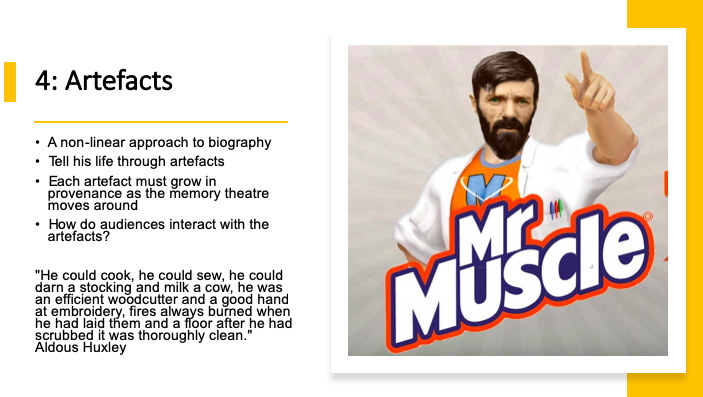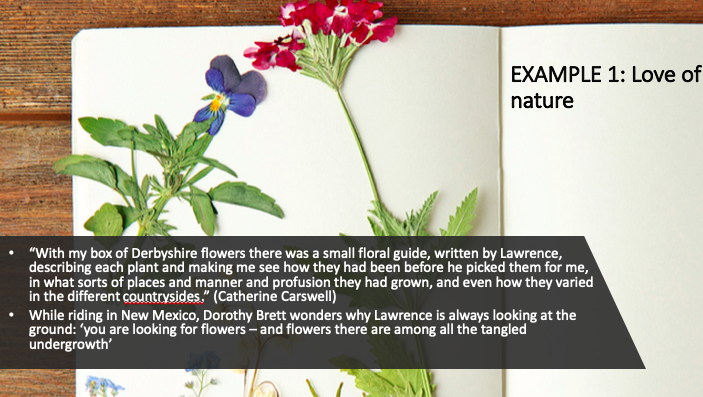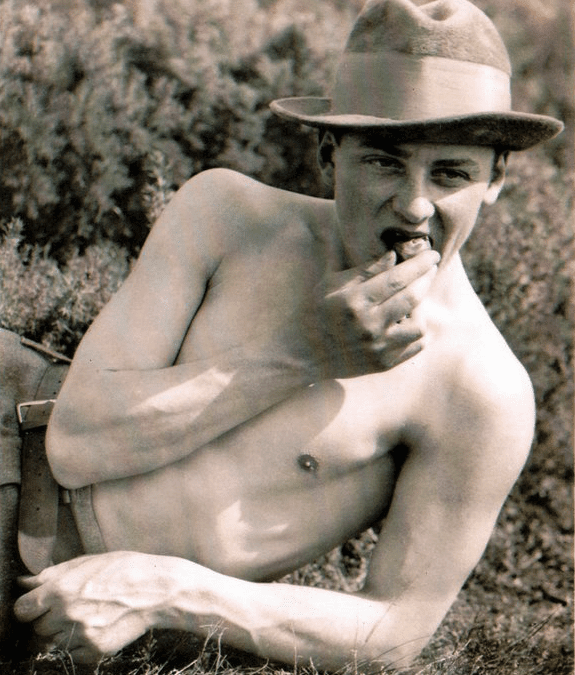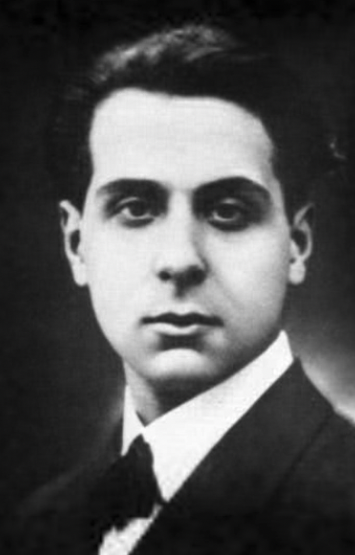Report of the Eleventh Meeting of the London D. H. Lawrence Group
The D. H. Lawrence Memory Theatre: James Walker
Theme:Rage
Friday 27th November 2020
By Zoom (during the period of Coronavirus lockdown)
6.30-8.30 pm
ATTENDERS
Shirley Bricout, in Vannes, Brittany
Catherine Brown, in Kilburn, London
Chloe Rose Campbell, in Stroud Green, London
Nick Ceramella, in Milan, Italy
Andrew Cooper, in Bristol
Jane Costin, in Manchester
Isobel Dixon
Andrew Edis
Ruscha Fields, in Cambridge
Kate Foster
Bob Hayward, in Melton Mowbray
Glenys Hayward, in Melton Mowbray
Pat Hopewell, in Ladbrook Grove, London
Alex Korda, in Ladbrook Grove, London
Adam Lang, in Shepherds Bush, London
Jonathan Long, in Suffolk
Christopher Miles, in Devizes in Wiltshire
Dudley Nichols, in Westerham, Kent
Jane Nichols, in Westerham, Kent
Trevor Norris, in Waterloo, London
Dave Orwin, in Bakewell
Iris Orwin, in Bakewell
Brenda Sumner
Kathleen Vella, in Magarr, Malta
James Walker, in Sherwood, Nottinghamshire
Allan Walter, in Much Wenlock Shropshire
Gill Williams
EPIGRAPH
‘DHL was a real Mr Angry – the Basil FAWLTY OF LITERARY MODERNISM. He has sometimes been called the “high priest of love”, because of the notorious sexy bits in his books, but high priest of loathe would be more apt. You name it, he was driven nut by it. Among major twentieth century writers, his only rivals in rage Ezra Pound (who went mad from anger, and not in a pretty way) and Louis Ferdinand Celine (who may also have been mad; if he wasn’t, he’s probably burning in Hell.’
Kevin Jackson, Dawn of the Unread
INTRODUCTION
The D. H. Lawrence Memory Theatre is the project of literary producer James Walker and digital producer Paul Fillingham to celebrate Lawrence in a manner fit for the modern age. In both digital and physical form, it unites the two inspirations of a) Lawrence’s travelling, and the trunk with which he did it, and b) cabinets of curiosities. It is a work in progress, built up by the ideas, writings, and handiwork of people interested in Lawrence in Eastwood and everywhere. Once funding and the Coronavirus permit, it is to physically tour the globe, as Lawrence and Frieda did. In this talk, James Walker introduced the origins and ethos of the project, and enjoined the attenders of the Lawrence London Group to contribute to the project, specifically on the Lawrencian subject of rage.
THE TALK
(illustrated by a Powerpoint presentation, with selected slides reproduced below)

James started by explaining how he was concerned not just to celebrate literary heritage, but to do so appropriately. He noted that the Lawrence Society frequently discusses how to get Lawrence taught and appreciated in schools – but that, overall, the presentation of Lawrence in Eastwood is such that ‘if I lived in Eastwood, D.H. Lawrence would do my head in.’ He cited the names of various Lawrence-themed businesses, and concluded: ‘I’m interested in how another Lawrence project could repair the damage’.

His project is to create engagement through co-authorship, co-imagination, and variety of subjective experience…

He gave as an example the Sillitoe Trail, which he helped create by breaking Saturday Night and Sunday Morning into key locations and themes. He likened protagonist Arthur Seaton’s lathe to our laptops today, at which we sit all day…

Another of his projects was Dawn of the Unread, amongst other things a cartoon intended to get the ‘unread’ of Nottingham’s great writers read again…

The project started as a flash mob of 300 people sitting down together in Nottingham to read. It developed further on YouTube, and as a graphic novel with embedded mini-essays (click on the stars…)

But then James encountered Lawrence’s travel trunk at the Birthplace Museum…

… and found that it reminded him of cabinets of curiosities. These compendia of knowledge in physical form, which originated in the Early Modern period, could be whole rooms…

…or literally cabinets…

Over time they assumed a strongly educational role…

And today, James pointed out, the internet is like a cabinet of curiosities extraordinaire – ‘a rabbit hole you fall down’ – whilst Instagram is a modern memory theatre…
James was also inspired by Mark Dion…

So he decided that he would like to create a D. H. Lawrence Memory Theatre – like a cabinet of curiosities, ‘but not called that, since Lawrence is not a curio…’

It would be flexible, not fixed. in Ceylon, Lawrence wanted to get the Buddha to ‘get up’. Casting him in bronze, therefore, ‘makes [James] want to cry’.

The Memory Theatre would have a physical as well as a digital form, and the former should – when travel is permitted again – move…

James wants the trunk to be made out of materials local to Eastwood, by Eastwood craft-workers. The project should put money in local pockets…

Lawrence’s life would be approached not chronologically but thematically.
For example, the theme titled ‘Mr Muscle’ celebrates Lawrence as a worker with his hands…

The ‘Nature’ theme should start with ten pressed flowers from Eastwood, and be built up with local flowers as the Memory Theatre goes round the world.

The theme of ‘Real people in his books’ could be evoked by a pack of playing cards, with which visitors to the Theatre could play a game of snap. Artists could be invited to paint them.

Finally, James invited the Lawrence London Group to ‘own’ the topic of ‘rage’, by suggesting appropriate artefacts, and by producing 4-5 essays of 600-1000 words on the subject of Lawrence’s rage.

He provided us with some inspiration:

And…

And…

And…

And…

And…

and finally reminded us of Out of Sheer Rage.
THE DISCUSSION
With respect to the idea of the Memory Theatre, Alex Korda adduced Matteo Ricci, a sixteenth century Jesuit who went to Peking and learned Chinese memory techniques which involved building mental palaces. He disseminated these ideas in Europe (and so one wonders whether they influenced Sherlock Holmes…). Nick suggested that the Theatre use some of the artefacts presented at the 2012 Lawrence Conference in Gargnano which he organised – including the key to the box at the local theatre.
Suggestions for artefacts to point to specifically Lawrence’s rage included:
- a drawer in the cabinet that does not open (James)
- a Punch & Judy show (Christopher, à propos Lawrence’s and Frieda’s domestic strife; Nick pointed out that the couple were familiar with Sicilian puppet theatre, which focused either on the battle of the sexes, or that of Christians and Muslims)
- a recording box, where people could vent their rage on whichsoever topic they chose (James, who called this a ‘rantometer’; it would accumulate recordings as the Theatre made its way round the world; the idea resembles this Iceland advertising campaign)
- a figurine with a motion sensor which would stand up and shout at you as you passed (Alex, recalling Pat having seen such a thing – based on a Papua New Guinean statue – in the Pitt Rivers Museum in Oxford)
Causes of Lawrence’s rage discussed included:
- industrialisation (rage against the machine)
- censorship (‘the blasted, jelly-boned swines’)
- snobbery (‘The English are so nice’)
- Frieda (Judy)
- family (Isobel remarked that he came from a family of rage, his uncle having killed his own son in a rage)
The discussion moved on to typologise Lawrence’s rage. Catherine suggested that we diversify the vocabulary to include, for example, ‘choler’ and ‘wrath’. Kate pointed out that, though Lawrence manifested plenty of ‘negative rage’, he also understood ‘positive rage’, as we see acted on in ‘Tickets, please’. James said that, though Lawrence was certainly enraged by his poor health, ‘also rage kept him going. He’d have died in his twenties if he’d just sat down and taken it.’ Trevor suggested that there were two kinds of rage – the mechanical, such as is depicted in Gertler’s painting The Merry-go-Round, and the elemental, which is like lightening. Catherine suggested that Lawrence sometimes enjoyed his rage – or, at least, enjoyed expressing it, as in the ‘jelly-boned swines’ rant. This led to a consideration of the physiology of rage, on which we heard from yoga instructor Chloe, who related the spiritual physiology of Psychoanalysis and the Unconscious and Fantasia of the Unconscious to Vedantic philosophy, according to which a paroxysm of anger purifies, removes disease, and becomes a window to the absolute.
Finally, when Adam Lang related the theme to the current Age of Anger (explored by Pankaj Mishra in his 2017 book of that name), James concurred: ‘when it comes to causes of anger, we’ve never it so good.’




